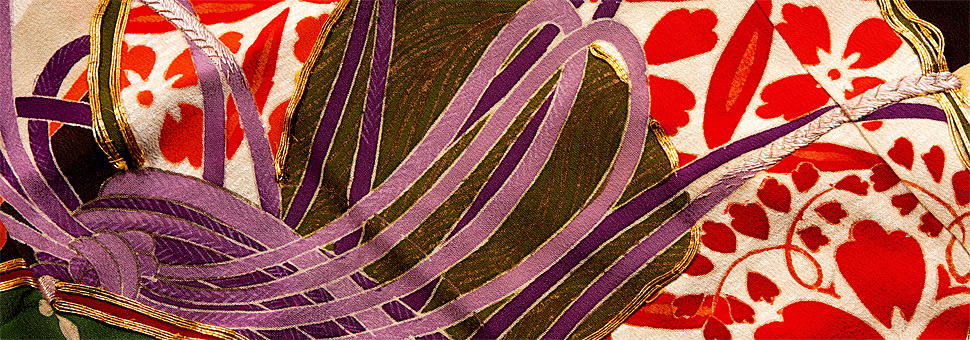 Schiaparelli’s famous 1927 sweater, now on display in the Mode Museum, Paris.Intrigued by some recent TRC blogs about clothes and Princess Diana, I’ve been reading more about designers of haute couture. The V&A (London) has done everyone a service by reprinting the autobiographies of influential fashion designers such as Paul Poiret, Christian Dior, Ernestine Carter and Norman Hartnell, among others.
Schiaparelli’s famous 1927 sweater, now on display in the Mode Museum, Paris.Intrigued by some recent TRC blogs about clothes and Princess Diana, I’ve been reading more about designers of haute couture. The V&A (London) has done everyone a service by reprinting the autobiographies of influential fashion designers such as Paul Poiret, Christian Dior, Ernestine Carter and Norman Hartnell, among others.
The list includes my personal favourite, the wildly inventive Elsa Schiaparelli (1890-1973). Her zest for life and quirky sense of humour shine throughout her autobiography, appropriately titled Shocking Life (and perhaps a nod to her invention of the term “shocking pink”). This was a woman who experimented with unusual fabrics and materials, such as plastics, glass and ceramics; who created buttons in the shape of large bugs or stars; and who collaborated with creative geniuses like Jean Cocteau, Man Ray and Salvador Dali.
She was also a late bloomer, who started her career at the age of 35, from a cramped atelier on Paris’s Left Bank (she slept in a room above the atelier, where the rats kept her awake at night). Her first hit was in 1927. It was a sweater, with a modernist bow, hand knitted by Armenian emigrants in the downstairs atelier. Five years later she had eight ateliers and was turning out almost 8,000 garments.
 A copy of Schiaparelli’s autobiography, Shocking Life, originally published in 1954 (republished by V&APublishing).By the 1930s she had a notorious rivalry with Coco Chanel; began dressing stars like Marlene Dietrich, and designed her famous lobster dress for the Duchess of Windsor. “Dress designing", she wrote in her autobiography, “is to me not a profession but an art. …a most difficult and unsatisfying art, because as soon as a dress is born it has already become a thing of the past….The interpretation of a dress, the means of making it, and the surprising way in which some materials react – all these factors, no matter how good an interpreter you have, invariably reserve a slight if not bitter disappointment for you.”
A copy of Schiaparelli’s autobiography, Shocking Life, originally published in 1954 (republished by V&APublishing).By the 1930s she had a notorious rivalry with Coco Chanel; began dressing stars like Marlene Dietrich, and designed her famous lobster dress for the Duchess of Windsor. “Dress designing", she wrote in her autobiography, “is to me not a profession but an art. …a most difficult and unsatisfying art, because as soon as a dress is born it has already become a thing of the past….The interpretation of a dress, the means of making it, and the surprising way in which some materials react – all these factors, no matter how good an interpreter you have, invariably reserve a slight if not bitter disappointment for you.”
But she continued and created a lasting influence on fashion. Elsa Schiaparelli is a good lesson for me in persistence—a woman who refused to allow rats, critics or war to stifle her creativity. Visit https://www.vam.ac.uk/articles/shocking-life-by-elsa-schiaparelli for an excerpt of her book.
Shelley Anderson, 28 December 2021










